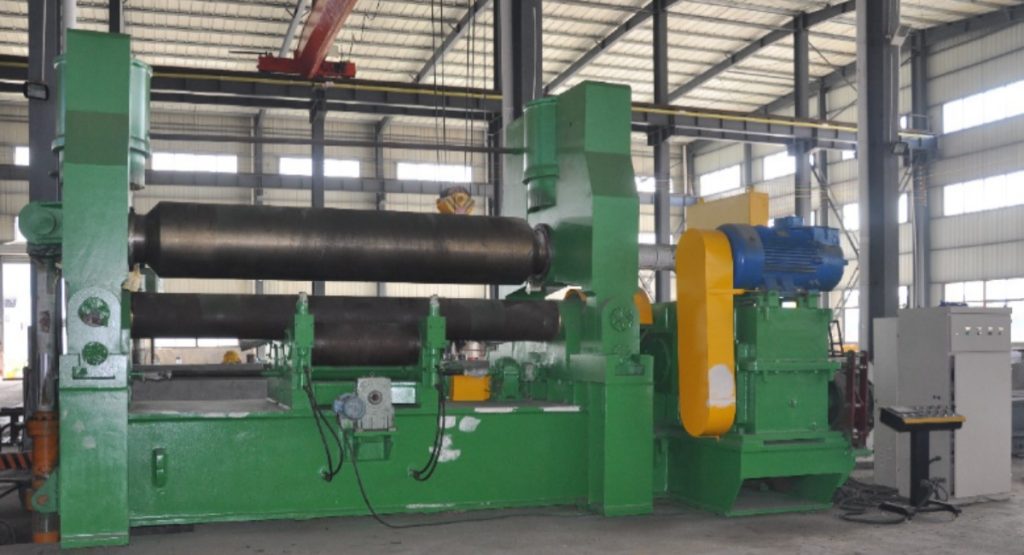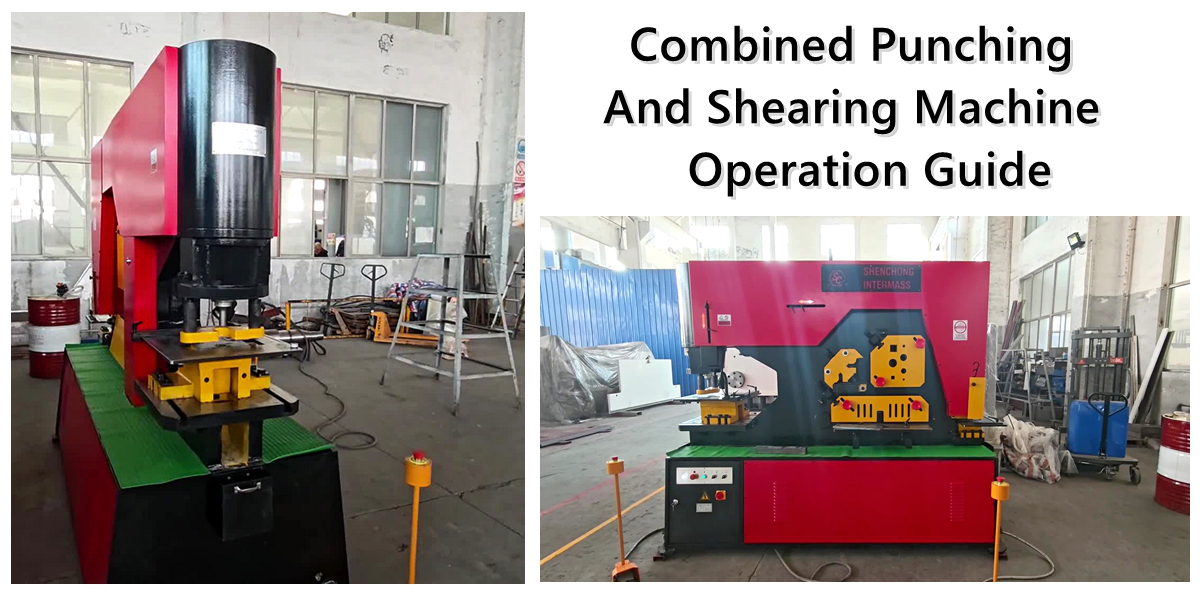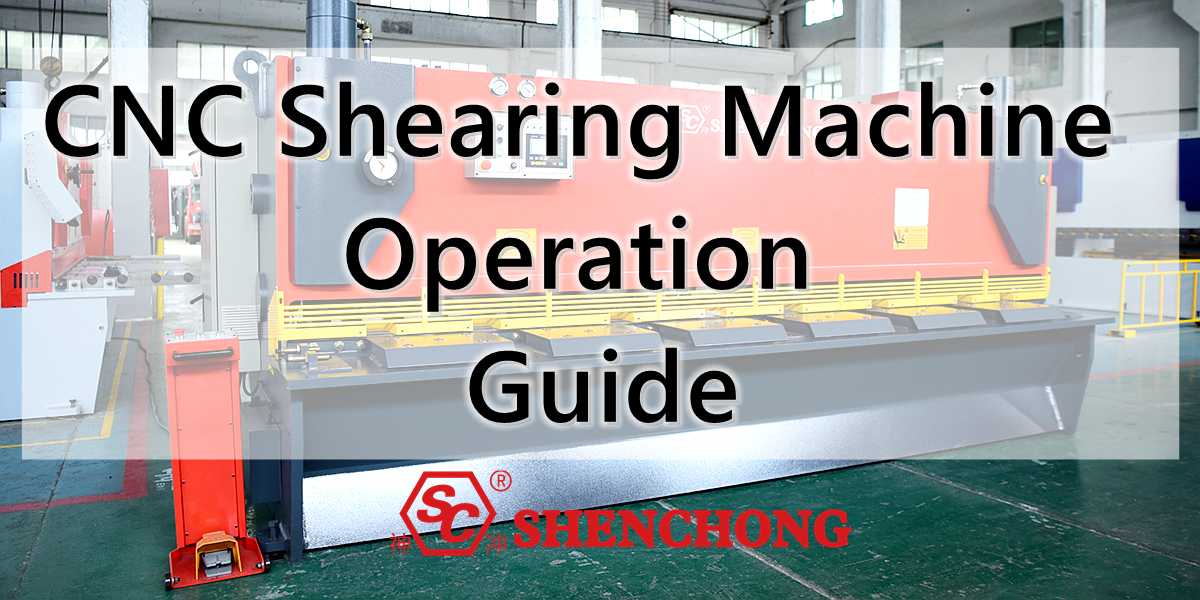Definition And Types Of Plate Rolling Machine Faults
Usually, the phenomenon of the plate rolling machine losing or reducing its specified functions and unable to continue reliable operation during turn on condition is called a machine fault. After the failure of the rolling machine, its various technical indicators clearly can not meet the normal bending requirements. For example, a decrease in the power of the prime motor, a loss of stable operation of the transmission system, an increase in machine vibration and noise, and an increase in working temperature are all faults phenomena. This article introduces the types of plate rolling machine faults, solutions and teach you how to avoid the faults.
Definition Of Rolling Machine Faults
The plate rolling machine faults occurred in its structure is mainly due to the damage of parts and the destruction of assembly relationships between parts, such as deformation, fracture, loose fit, loosening and failure of fastening devices, etc.
From a system perspective, faults have two meanings.
Firstly, the deviation of the plate roll bending machine system from normal function, which is mainly caused by abnormal working conditions (including components) of the rolling machine system. It can be restored to normal function through parameter adjustment or component repair.
Secondly, functional failure of the plate bending roll is another situation, which refers to the continuous deviation of the system from normal functions, and its degree continues to worsen, making it impossible to guarantee the basic functions of the rolling machine equipment (referred to as failure). General component failure can be replaced, while critical component failure often leads to the loss of overall functionality.
Types Of Faults
Faults can be classified into the following types based on their characteristics and status.
Divided by the time of occurrence of faults into sudden and gradual faults
Sudden faults are faults caused by various unexpected internal factors, accidental external influences, or joint effects, characterized by randomness. If unexpected factors occur during the work process, such as overloading of the machine and damage to parts, or if the tire type walking mechanism is punctured by sharp objects, these faults are not related to the use time and are difficult to predict. But sudden malfunctions are generally easy to troubleshoot and usually do not affect the lifespan of the rolling machine.
Progressive failure is the gradual development and formation of phenomena such as wear, corrosion, fatigue, and aging that occur during the operation of parts. Its characteristic is that the probability of occurrence is related to the usage time, and as time goes on, the fault phenomenon gradually becomes apparent, especially in the later stage of the effective lifespan of the machine. Once a progressive failure occurs, it indicates that the rolling machine equipment should be repaired. This type of fault is gradually developing and can generally be predicted, and even before a complete fault is formed, certain repair plans can be taken to eliminate it.
Occurrence Of Faults - Actual Faults & Potential Faults
Actual failure refers to the phenomenon where the plate rolling machine has shown a significant decrease or complete loss of working ability during operation. Actual faults can generally be determined by the operator’s direct perception or measurement of their output technical parameters. Equipment downtime caused by damage to critical components, failure to meet specified productivity targets, and so on are all actual faults that exist. Due to this type of malfunction, the equipment loses its proper function, so it is often referred to as a functional failure.
Potential faults refer to the gradual disappearance of normal machine functions, but there is no obvious fault manifestation yet, and it is closely related to progressive faults. If this state can be diagnosed during the gradual formation of a malfunction while the device function is not lost, it is generally considered that there is a potential malfunction in the machine. The continuation of potential faults will ultimately lead to the occurrence of actual faults. Therefore, after identifying potential faults in the machine, troubleshooting should be carried out before actual faults occur, in order to keep the machine in good condition and avoid other consequences that may arise due to actual faults. This viewpoint on handling faults is one of the important contents and purposes of modern rolling machine maintenance theory.
Cause Of The Malfunction - Accidental Malfunction & Natural Malfunction
Accidental failures are caused by inadequate maintenance, improper adjustment during use, violation of operating procedures, or the use of unqualified parts and materials during manufacturing and repair. Accidental failures are often caused by human factors, so they belong to human failures and should be avoided through increased management efforts.
Natural faults are faults caused by various natural factors during the use of a machine. Faults caused by damage such as excessive wear, severe corrosion, and fatigue fracture of parts are all natural faults. Objectively speaking, although natural failures are inevitable, as long as the causes and patterns of various forms of damage are understood, corresponding measures are taken, and maintenance and management levels are improved, the service life of the machine can be extended and major accidents can be avoided.
Characteristics Of Faults And Fault Management
The operation process of a machine is a dynamic process. At the same time, the manifestations of plate rolling machine faults vary with different plate rolling machine equipment. Even for the same model of plate rolling machine equipment, due to differences in assembly, installation, commissioning, and working conditions, they often exhibit different working conditions and fault forms. However, they have a common characteristic, that is, most of the plate rolling machine and system faults have randomness. So, the basic starting point for studying the working status and faults of the rolling machine system is to follow the basic principles of stochastic processes.
The basic characteristics of faults in the rolling machine and its system can be summarized as two points
The Randomness Of Fault Occurrence
The randomness referred to here includes two meanings: firstly, the observation data at different times is non repeatable, that is, the current operating state of the machine has not changed or is the same as a certain time in the past, and can only be understood as its observation values having no significant statistical difference; The second is that the characteristic values that characterize the working condition of the machine are not constant, but vary within a certain range.
Therefore, it is unreliable to directly judge the operation process using a certain detection data in the actual work process. The data detected at different times can only be statistically consistent or have significant differences, in order to determine the actual working condition of the rolling machine.
The Multi-Level Nature Of Equipment Failures In The Rolling Machine
Rolling machine is generally composed of hundreds or thousands of parts assembled together, and the coupling between the parts determines the multi-level nature of plate rolling machine faults. A fault is often composed of multi-level fault causes, and there is no one-to-one causal relationship between the fault and the phenomenon. If the fault is judged only from one side, it is difficult to make correct decisions.
In addition, the rolling machine faults also have characteristics such as suddenness, intermittency, slowness, and continuity.
Faults of CNC 4 Roller Plate Rolling Machine and 3 Roller Plate Rolling Machine
Different plate rolling machines have different machine faults since their machine structures are not the same. CNC 4 roller plate rolling machine is consist of CNC controller, hydraulic system part and mechanical drive part, and so the machine faults can caused by these 3 parts.
3 roller plate rolling machine includes many different type of rolling machine. SW11 mechanical symmetry three roller rolling machine and SW11X-B mechanical level down three roller rolling machine have only mechanical part, which with the simple machine structure and easy to find the fault. SW11SNC upper roller universal 3 roller plate rolling machine has NC controller, mechanical drive part and hydraulic station, which needs to inspect these machine parts.
Conclusion
Plate rolling machine lose or reduce its specified functions and unable to continue reliable operation during turn on condition is called a machine fault. Plate rolling machine faults can caused by different machine parts and operators should maintain the machine in daily life to avoid the machine faults.





